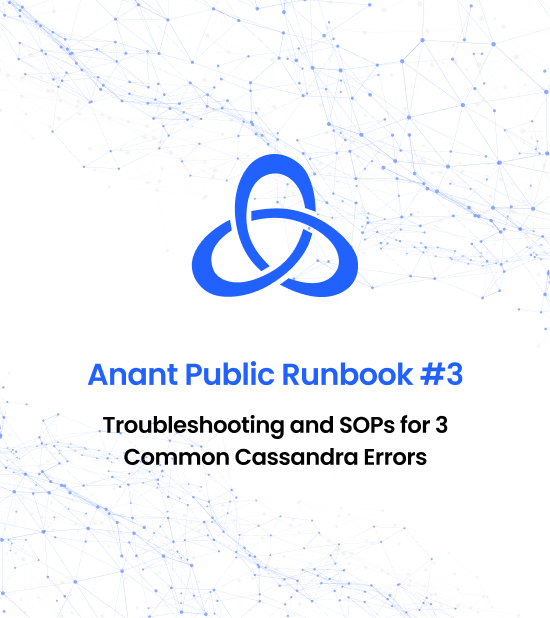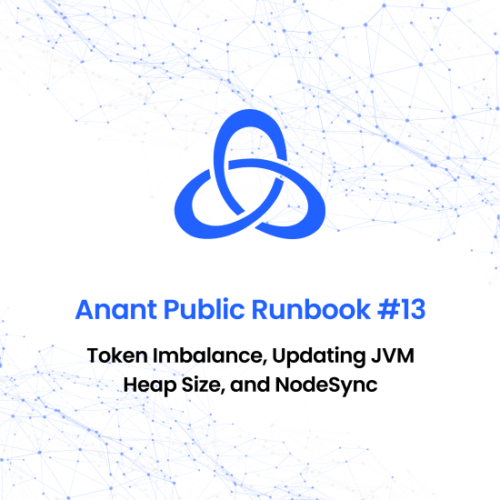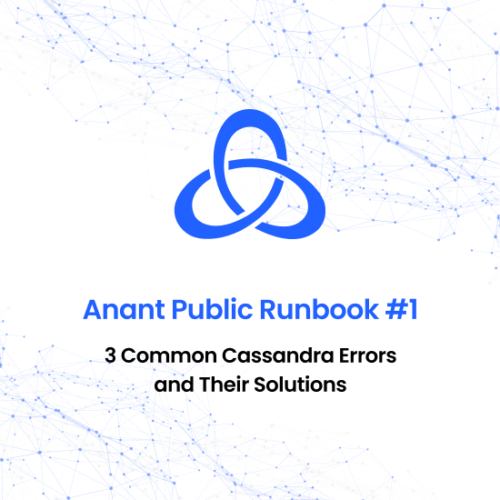Questions the Runbook Answers:
-
What are prepared statements in Cassandra, and how can they optimize query plans?
-
What are the symptoms of discarding prepared statements in Cassandra?
-
How can one diagnose issues related to prepared statements in Cassandra?
-
What methods can be used to address issues related to prepared statements in Cassandra?
-
What is batching in Cassandra, and how can it achieve atomicity and isolation?
-
What are the symptoms of improper usage of batches in Cassandra?
-
How can one diagnose issues related to batch statements in Cassandra?
-
What methods can be used to address issues related to batch statements in Cassandra?






Reviews
There are no reviews yet.